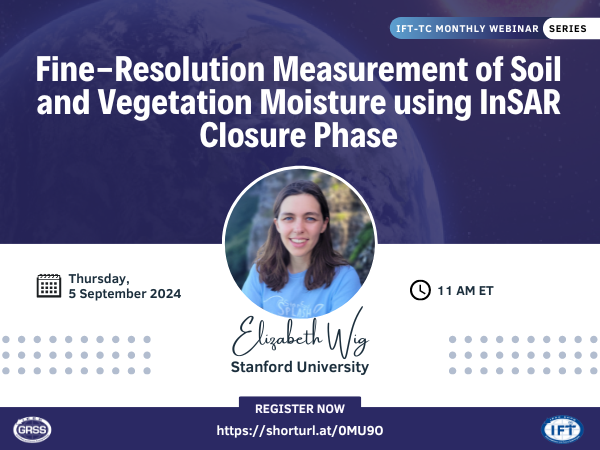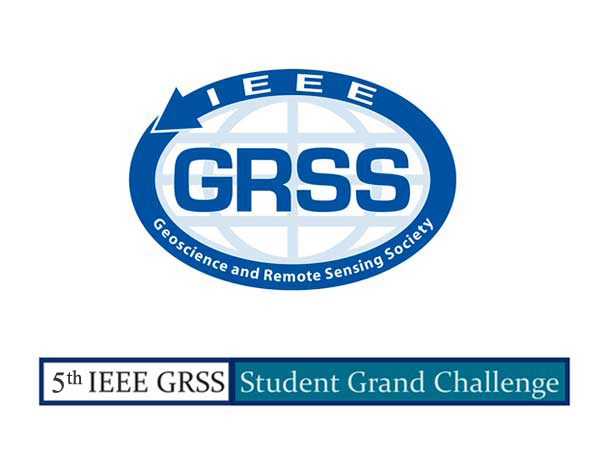Elizabeth Wig (Graduate Student Member, IEEE) received the B.S. and M.S. degrees (summa cum laude) in electrical engineering from Northeastern University, Boston, MA, USA, in 2020. She is currently pursuing the Ph.D. degree in electrical engineering with Stanford University, Stanford, CA, USA. Her research interests include electromagnetic wave propagation and radar remote sensing, in particular interferometric synthetic aperture radar (InSAR). She’s interested in using InSAR to measure in how vegetation and soil moisture change in dynamic environments, like agricultural areas and permafrost regions. She received the Goldwater Scholarship in 2018 and the National Science Foundation Graduate Research Fellowship, the National Defense Science and Engineering Graduate Fellowship, and the Stanford Graduate Fellowship in 2020.






























